Introduction
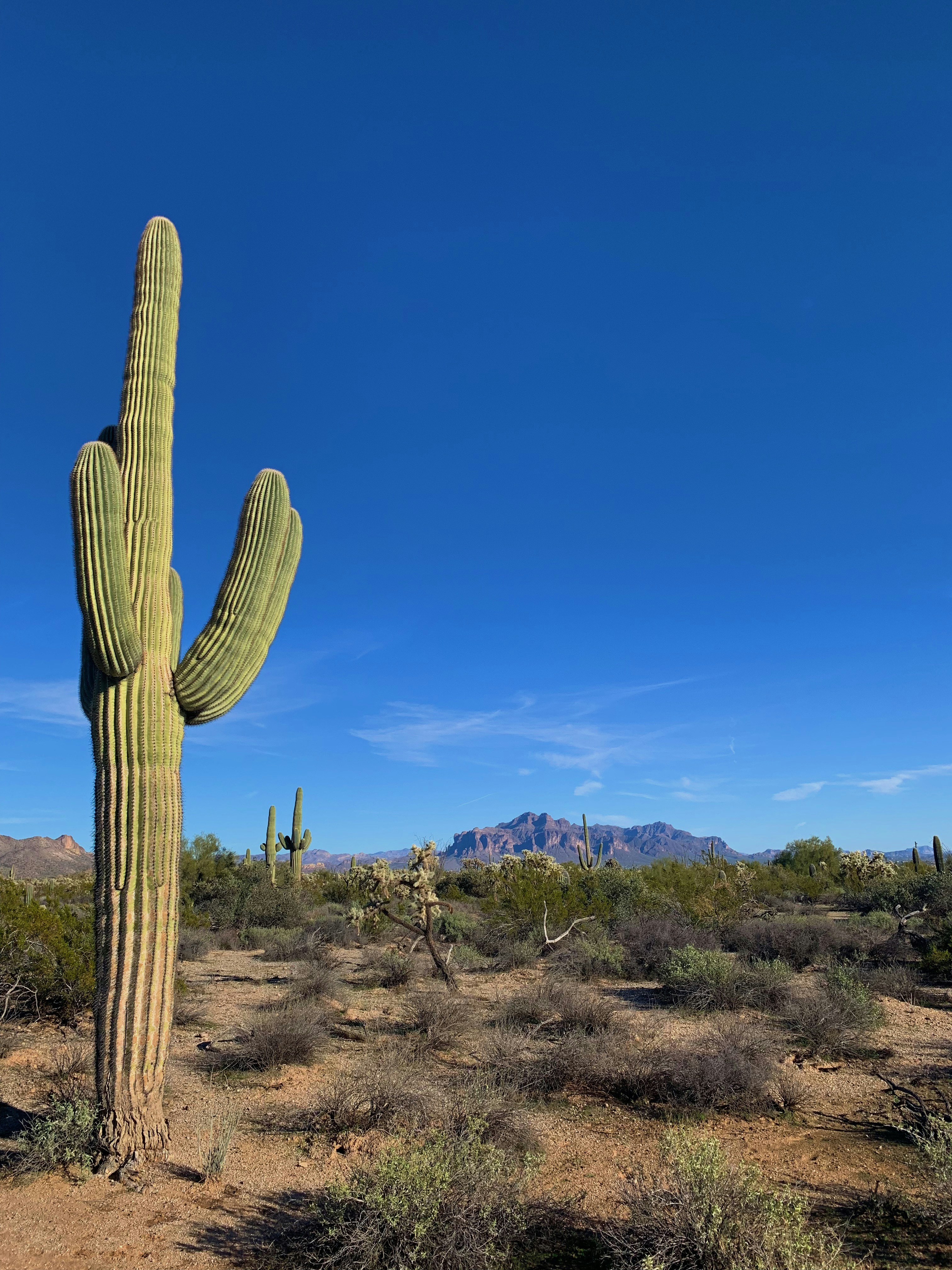
Welcome to the enchanting world of the spineless barrel cactus, where we will unveil its intriguing secrets and discover its captivating beauty. This unique desert dweller has fascinated botanists and nature enthusiasts alike with its remarkable features and adaptations for survival in arid environments.
Exploring the Enchanting Spineless Barrel Cactus
The spineless barrel cactus, scientifically known as Ferocactus hamatacanthus, is a mesmerizing plant that belongs to the Cactaceae family. Despite lacking the sharp spines commonly associated with cacti, this species possesses an alluring charm that sets it apart from its prickly relatives.
Unveiling the Intriguing Secrets of the Spineless Barrel Cactus
As we delve deeper into the secrets of the spineless barrel cactus, we will uncover its unique shape and structure that have evolved to withstand harsh desert conditions. From its cylindrical body to its rib-like grooves, every aspect of this plant showcases nature's ingenuity at work.
Discovering the Captivating World of the Spineless Barrel Cactus
Prepare to be captivated by the spineless barrel cactus's remarkable varieties and their distinct characteristics. From different species and subspecies to their geographic distribution and habitat preferences, each variation offers a glimpse into the diverse world of this fascinating plant.
Now let's embark on an exploration filled with wonder and awe as we unravel the mysteries surrounding this intriguing succulent.
The Fascinating Features of the Spineless Barrel Cactus
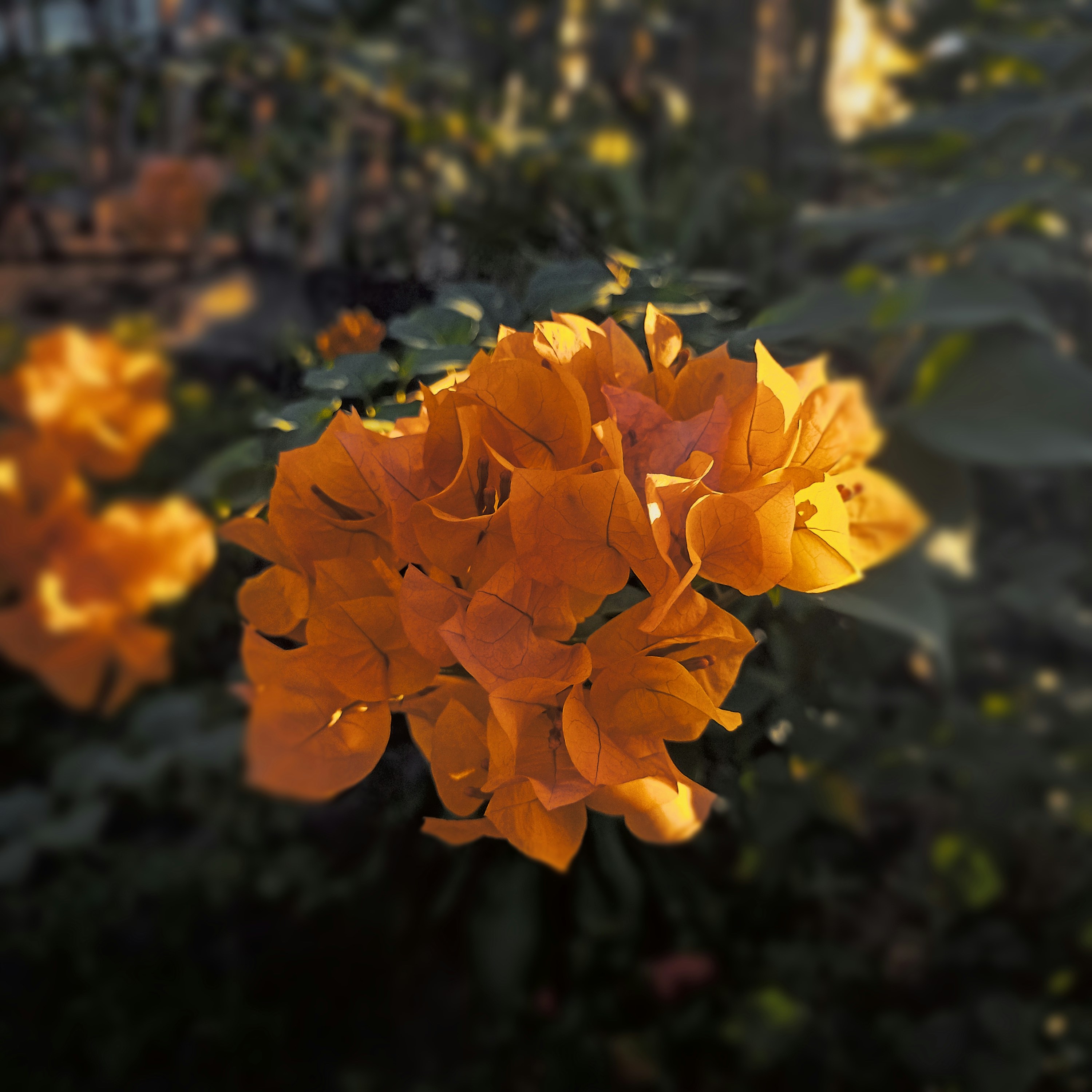
The Spineless Barrel Cactus is a true marvel of nature, captivating all who lay eyes upon its unique shape and structure. Its cylindrical body, resembling a stout barrel, stands out among other cacti species, making it a delightful sight in the arid landscapes it calls home.
Marveling at the Unique Shape and Structure, one can't help but be drawn to the Spineless Barrel Cactus's compact yet robust form. Its rounded body is covered in a thick layer of succulent tissue that allows it to store water for extended periods, enabling survival in harsh desert environments.
Understanding the Adaptations for Survival in Arid Environments is key to appreciating the resilience of this remarkable cactus. Its lack of spines sets it apart from its prickly relatives, as it has evolved alternative mechanisms to deter herbivores and protect itself from excessive water loss. These adaptations include a waxy outer layer that reduces evaporation and specialized stomata that open only at night to minimize water loss during hot days.
Examining the Prickly Spines and Radial Symmetry reveals another intriguing aspect of the Spineless Barrel Cactus's features. While lacking visible spines on its exterior, it possesses clusters of tiny bristles known as glochids. These glochids serve as miniature barbs that easily detach upon contact, causing irritation and discouraging potential threats.
The radial symmetry displayed by this cactus adds to its visual appeal. The perfectly arranged ribs radiate from the center of the barrel-like body, creating an aesthetically pleasing pattern that draws attention from afar.
In conclusion, the Spineless Barrel Cactus's fascinating features make it a captivating subject of study and admiration. Its unique shape and structure, adaptations for survival in arid environments, and the presence of prickly spines and radial symmetry contribute to its allure. By understanding these distinctive traits, we can gain a deeper appreciation for the silent resilience of desert flora.
The Remarkable Varieties of the Spineless Barrel Cactus
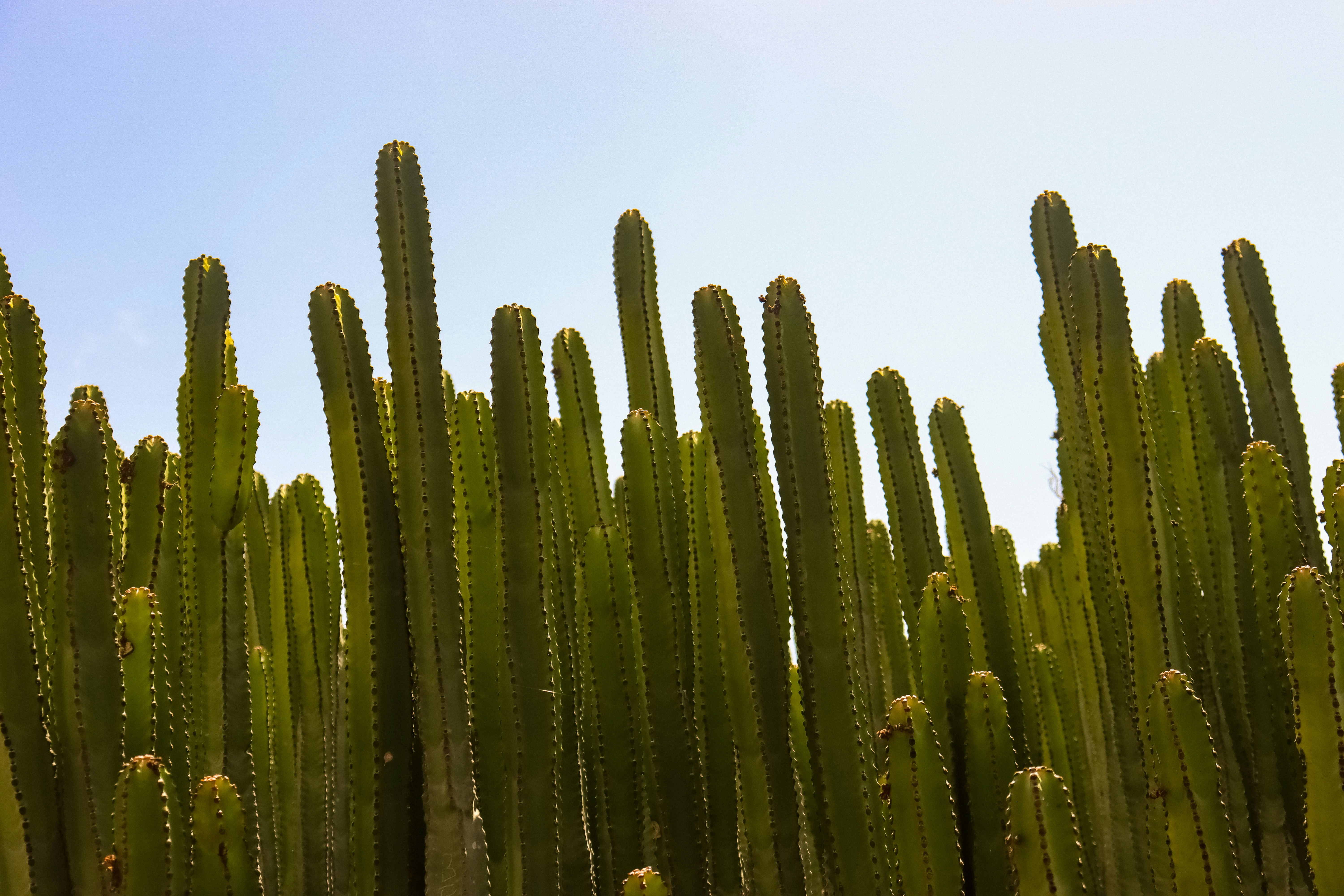
Delving into the Diverse Species and Subspecies
The spineless barrel cactus, a captivating desert dweller, boasts an array of diverse species and subspecies. From Ferocactus hamatacanthus to Ferocactus latispinus, each variety possesses its own unique charm. These cacti showcase a remarkable range of shapes, sizes, and colors, making them a true wonder to behold in the arid landscapes they call home.
Highlighting the Distinct Characteristics of Each Variety
One cannot help but be mesmerized by the distinct characteristics displayed by each variety of spineless barrel cactus. Some feature elongated cylindrical bodies while others take on a more spherical form. The spines can range from short and stubby to long and menacing, adding an intriguing touch to their overall appearance. Additionally, their vibrant hues vary from deep green to golden yellow, further enhancing their allure.
Exploring the Geographic Distribution and Habitat Preferences
The spineless barrel cactus has managed to establish its presence across various geographic regions, showcasing its adaptability in different habitats. From the southwestern United States to Mexico's deserts, these resilient plants thrive in arid environments with minimal rainfall. They prefer sandy or rocky soils that provide excellent drainage while withstanding scorching temperatures that would wilt many other plants.
This captivating image showcases the resilience and beauty of the spineless barrel cactus as it stands tall amidst a barren desert landscape. Its vibrant green color pops against the arid backdrop, capturing both its ability to survive in harsh conditions and its striking visual appeal. The cactus serves as a testament to nature's ability to thrive in even the most challenging environments.
With the remarkable varieties of the spineless barrel cactus, each possessing its own distinct characteristics and adapting to specific habitats, it is clear that these plants are a testament to nature's diversity and resilience. Delving into their diverse species and subspecies reveals a world of wonder waiting to be explored. From their unique shapes and sizes to their vibrant colors, these cacti continue to captivate both scientists and nature enthusiasts alike.
The Life Cycle and Growth Patterns of the Spineless Barrel Cactus
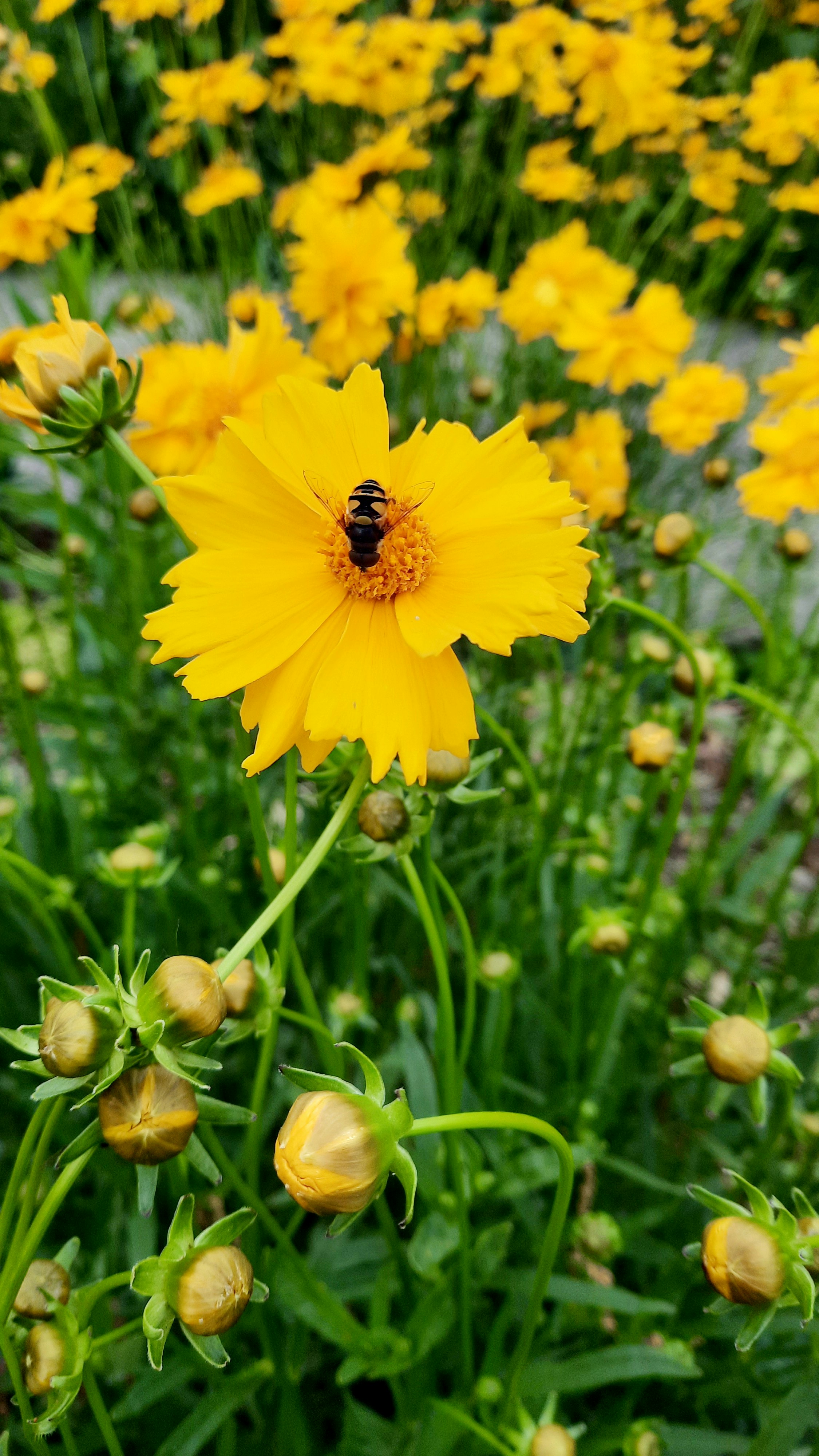
The life cycle and growth patterns of the spineless barrel cactus are truly fascinating. Let's delve into the different stages and characteristics that define this remarkable desert plant.
Observing the Germination and Early Development Stages
When it comes to the germination and early development stages, the spineless barrel cactus showcases its resilience in harsh desert conditions. From a tiny seed buried in arid soil, this cactus begins its journey towards maturity. It relies on sporadic rainfall to trigger germination, with the seedling emerging as a delicate sprout pushing through the dry ground.
As it grows, the young cactus develops a small stem that gradually thickens over time. Its roots extend deep into the soil to access water reserves hidden beneath the surface. This initial stage of growth is crucial for establishing a strong foundation for future survival.
Analyzing the Growth Rate and Size of Mature Cacti
As years go by, the spineless barrel cactus steadily grows into an impressive size. While its growth rate may vary depending on environmental factors such as rainfall and temperature, these resilient plants can reach heights of up to three feet (0.9 meters) and diameters of four feet (1.2 meters). Their cylindrical shape expands as they store water within their fleshy tissues, allowing them to survive prolonged periods without rainfall.
The slow growth rate of mature spineless barrel cacti is a testament to their ability to adapt to arid environments. Each year, they add only a few inches to their overall size, conserving energy and resources to withstand the harsh desert conditions they call home.
Discussing the Reproductive Strategies and Flowering Patterns
Reproduction is a crucial aspect of the life cycle of the spineless barrel cactus. These cacti employ fascinating strategies to ensure their survival and propagation in arid landscapes. One of their most remarkable adaptations is their ability to reproduce both sexually and asexually.
Sexual reproduction occurs when the spineless barrel cactus produces vibrant, trumpet-shaped flowers. These flowers attract pollinators such as bees, butterflies, and birds with their striking colors and sweet nectar. Once pollinated, the flowers give way to small fruits that contain numerous seeds.
In addition to sexual reproduction, these cacti also have the ability to reproduce asexually through a process called vegetative propagation. This occurs when new plants sprout from offshoots or pups that grow around the base of mature cacti. These pups can eventually detach from the parent plant and establish themselves as independent individuals.
The life cycle and growth patterns of the spineless barrel cactus are truly remarkable. From its humble beginnings as a seedling pushing through dry desert soil to its slow but steady growth into an impressive mature plant, this resilient cactus exemplifies nature's ability to thrive in challenging environments.
Keywords: Spineless barrel cactus, germination, early development stages, growth rate, size of mature cacti, reproductive strategies, flowering patterns
The Ecological Role and Importance of the Spineless Barrel Cactus
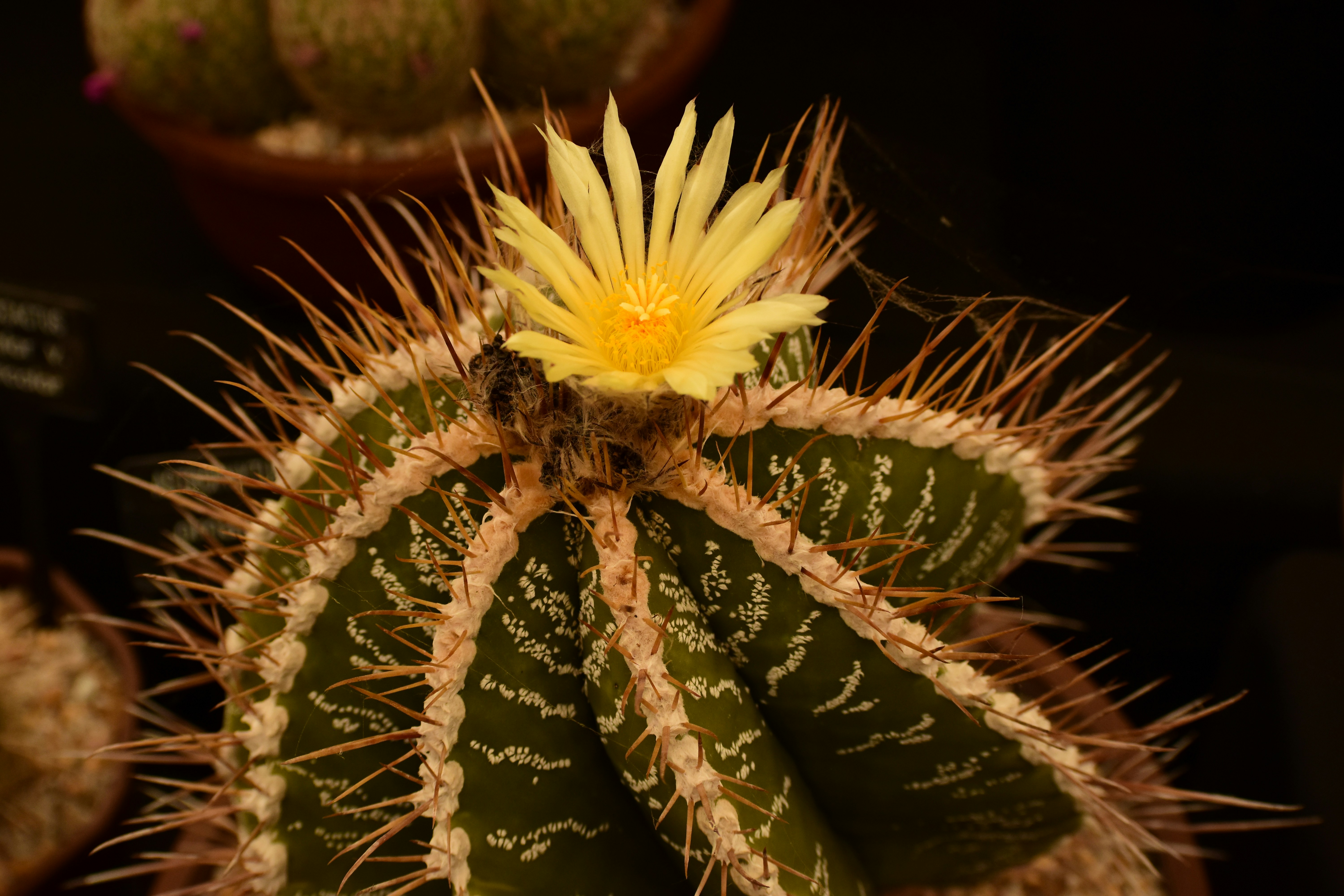
The Spineless Barrel Cactus plays a crucial role in the desert ecosystem, providing shelter and nourishment for a variety of wildlife. Its fleshy stems and branches serve as hiding places for small animals seeking protection from predators and extreme temperatures. Additionally, the cactus produces vibrant flowers that attract pollinators like bees and birds, contributing to the overall biodiversity of the desert.
Examining its Role in Providing Shelter and Nourishment for Wildlife
The unique shape and structure of the Spineless Barrel Cactus make it an ideal refuge for many desert creatures. Its thick, succulent stems create hollow spaces where animals can seek shelter from harsh weather conditions. From tiny insects to small reptiles, numerous species find solace within the protective embrace of this remarkable cactus. Moreover, these stems also store water, offering a vital source of hydration for thirsty wildlife during dry periods.
Considering its Impact on Desert Ecosystems and Biodiversity
The presence of the Spineless Barrel Cactus has far-reaching effects on desert ecosystems. As a keystone species, it provides essential resources that support other plant and animal life in its surroundings. The cactus acts as a nurse plant, creating microhabitats that enable other plants to grow beneath its shade. This mutualistic relationship promotes biodiversity by increasing vegetation cover in arid regions. In turn, this vegetation attracts herbivores who rely on these plants for sustenance.
Exploring its Cultural Significance and Traditional Uses
Beyond its ecological importance, the Spineless Barrel Cactus holds cultural significance for indigenous communities living in desert regions. For centuries, Native American tribes have utilized various parts of this cactus for medicinal purposes and traditional ceremonies. Its pulp has been used to treat ailments such as burns and skin irritations due to its soothing properties. Additionally, fibers from the cactus have been woven into baskets and mats, showcasing the resourcefulness and ingenuity of these cultures.
The image captures the striking beauty of a Spineless Barrel Cactus in full bloom. Its bright yellow hue stands out against the arid desert backdrop, drawing attention to its captivating flowers. This visual representation highlights the cactus's role as an important pollinator attractor and showcases its aesthetic appeal in the harsh desert environment.
The Conservation Efforts and Challenges for the Spineless Barrel Cactus
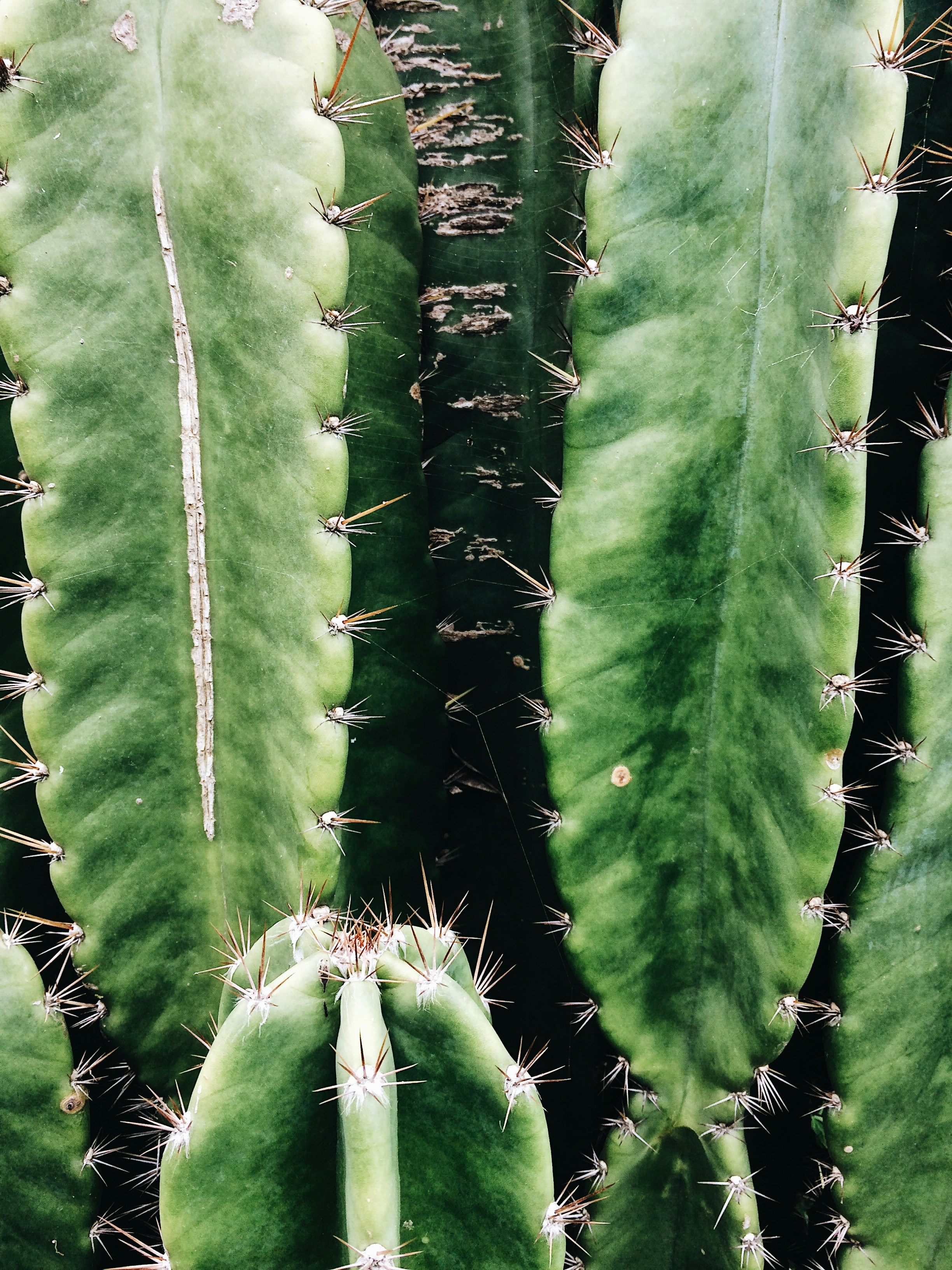
Addressing Threats such as Habitat Loss and Illegal Collection
The spineless barrel cactus faces numerous threats that jeopardize its survival in the wild. One of the major challenges is habitat loss due to urbanization, agriculture, and industrial development. As arid regions become increasingly developed, the natural habitats of these cacti are being destroyed, leaving them vulnerable to extinction. Additionally, illegal collection poses a significant threat to their population. Poachers often target these unique cacti for their ornamental value, leading to a decline in their numbers in the wild.
Highlighting Conservation Initiatives and Success Stories
Fortunately, there have been remarkable efforts to conserve the spineless barrel cactus and protect its fragile ecosystem. Many organizations and botanical gardens have taken up the cause of preserving these fascinating plants by establishing protected areas and conducting research on their conservation needs. These initiatives aim to raise awareness about the importance of conserving desert flora and educate local communities about sustainable practices.
One notable success story is the collaboration between researchers and indigenous communities in promoting conservation efforts. By involving local knowledge and traditional practices, conservationists have been able to restore degraded habitats and reintroduce spineless barrel cacti into their natural environments. These initiatives not only contribute to the preservation of this unique species but also empower local communities by providing sustainable livelihood opportunities.
Discussing the Future Challenges and the Need for Continued Protection
Despite these conservation efforts, there are still challenges that need to be addressed in order to ensure the long-term survival of spineless barrel cacti. Climate change poses a significant threat as it alters precipitation patterns and increases temperatures in arid regions where these cacti thrive. This can lead to reduced water availability, making it difficult for them to survive.
Furthermore, raising public awareness about the importance of protecting these cacti is crucial. Many people are unaware of the ecological role they play in desert ecosystems and the cultural significance they hold for indigenous communities. By promoting education and outreach programs, we can inspire a sense of responsibility and encourage individuals to take action in preserving these unique plants.
Conclusion
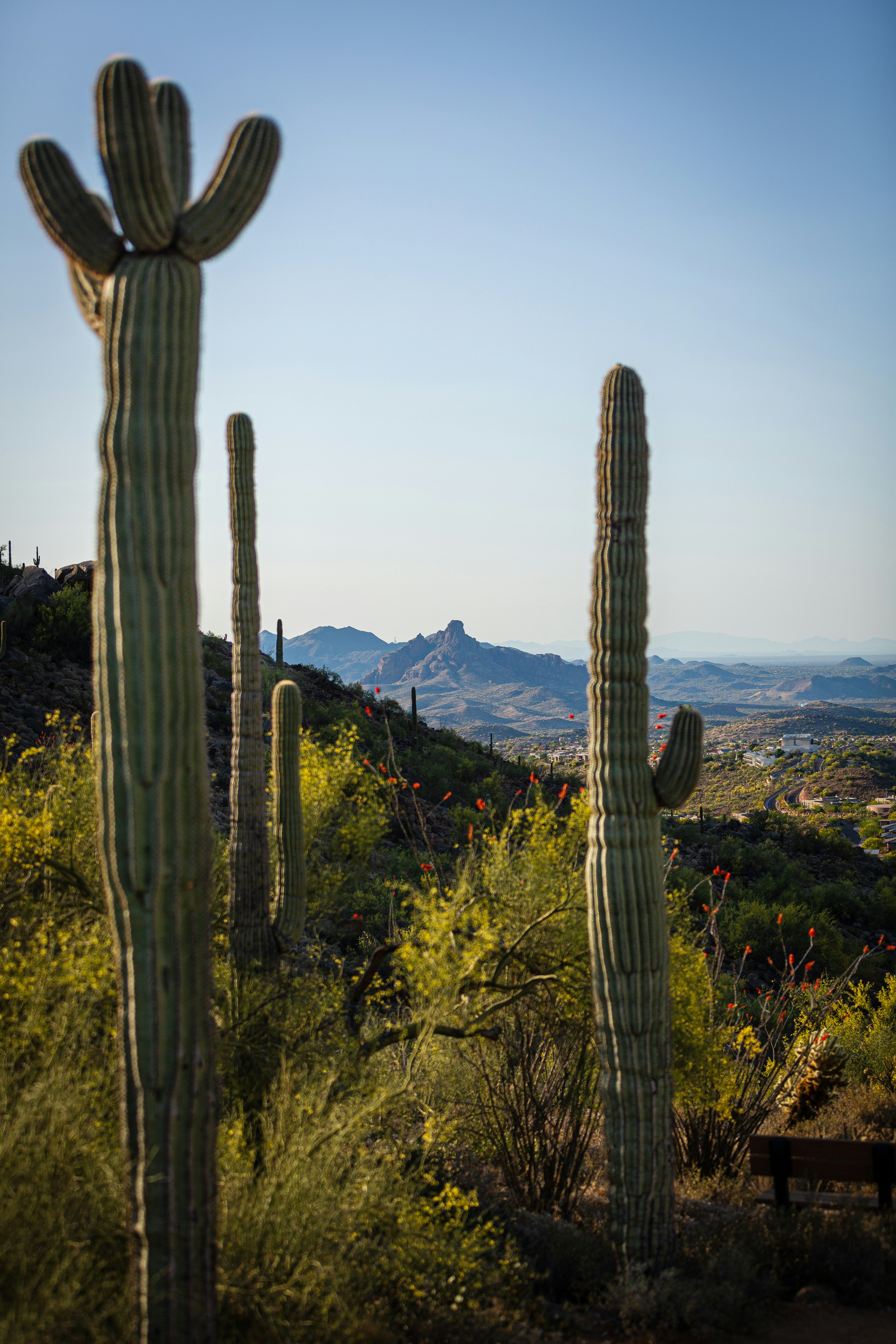
In conclusion, the spineless barrel cactus is truly a remarkable and enchanting plant that deserves our admiration. Its unique shape and structure, along with its adaptations for survival in arid environments, make it a fascinating subject of study. The diverse varieties and subspecies of this cactus further add to its allure, each with their own distinct characteristics and geographic distribution.
Understanding the life cycle and growth patterns of the spineless barrel cactus provides insight into its reproductive strategies and flowering patterns. Additionally, we cannot overlook the ecological role this cactus plays in providing shelter and nourishment for wildlife, as well as its impact on desert ecosystems and biodiversity.
Conservation efforts are crucial to protect the spineless barrel cactus from threats such as habitat loss and illegal collection. Highlighting successful conservation initiatives can inspire further action in preserving these magnificent plants. The challenges we face in the future necessitate continued protection to ensure the survival of this species.
By embracing the splendor of the spineless barrel cactus, we can develop a deeper appreciation for the silent resilience of desert flora. Let us be inspired by their ability to thrive in harsh conditions and encourage further exploration and conservation of cacti diversity.
